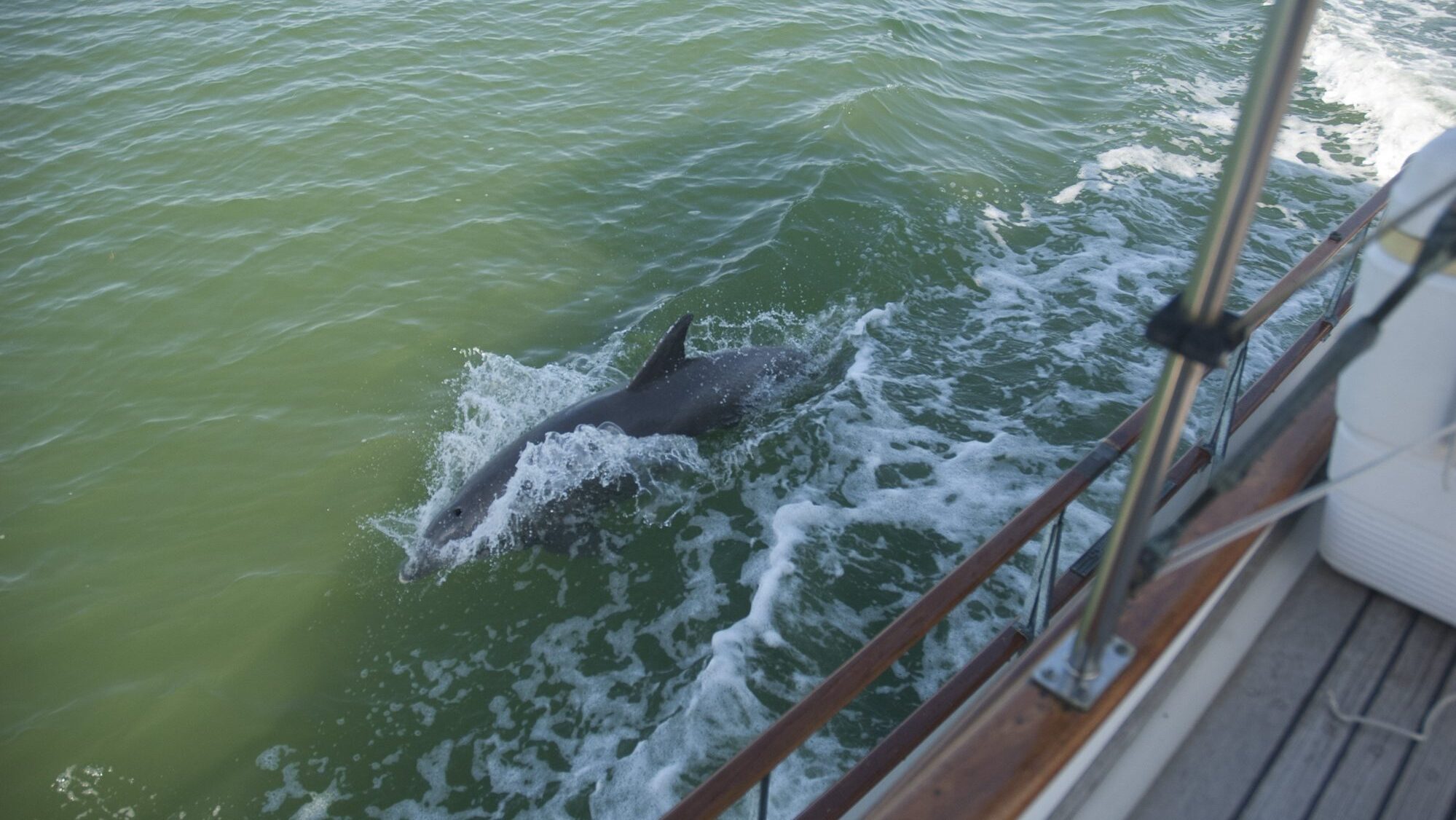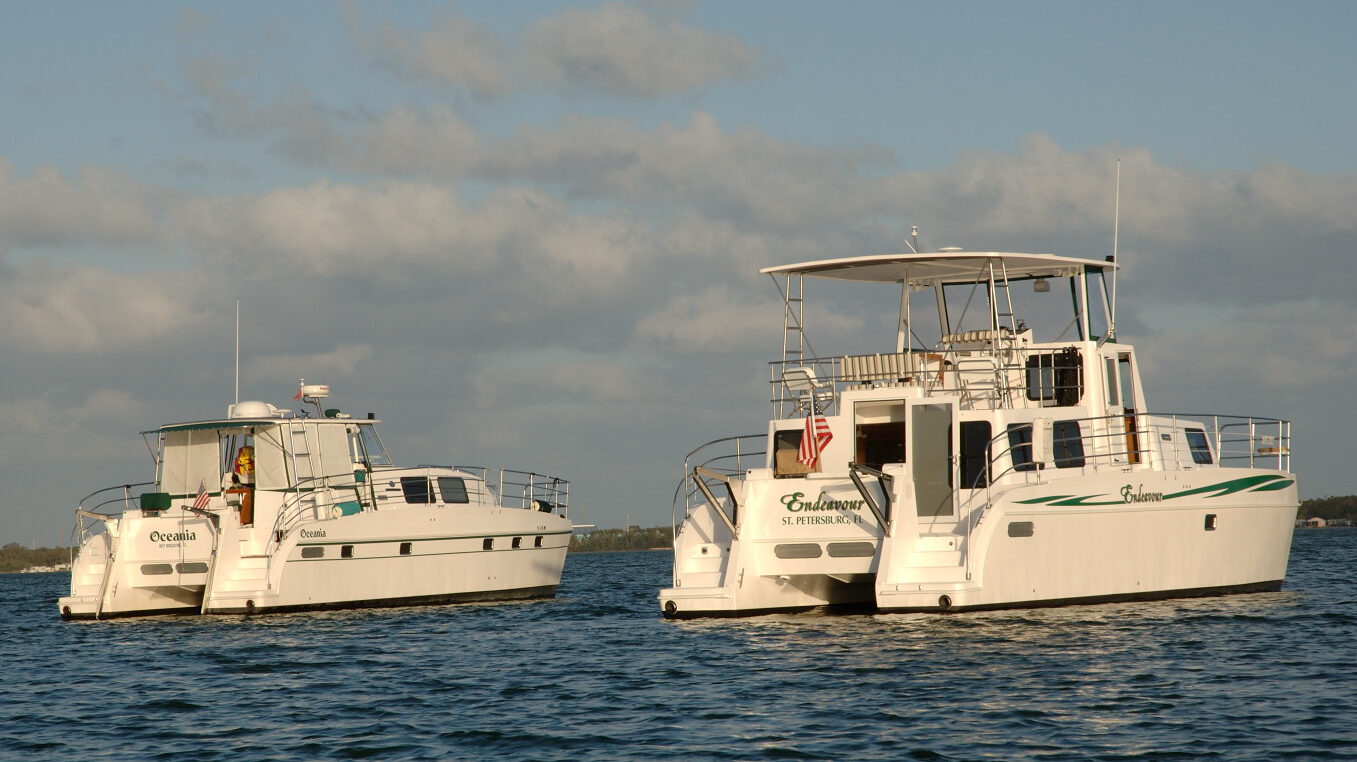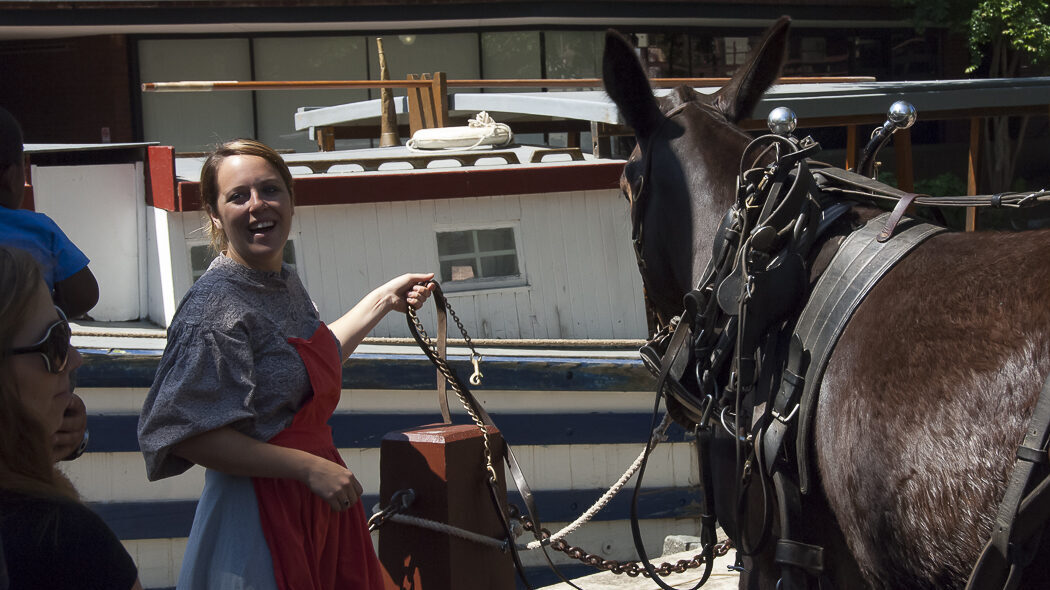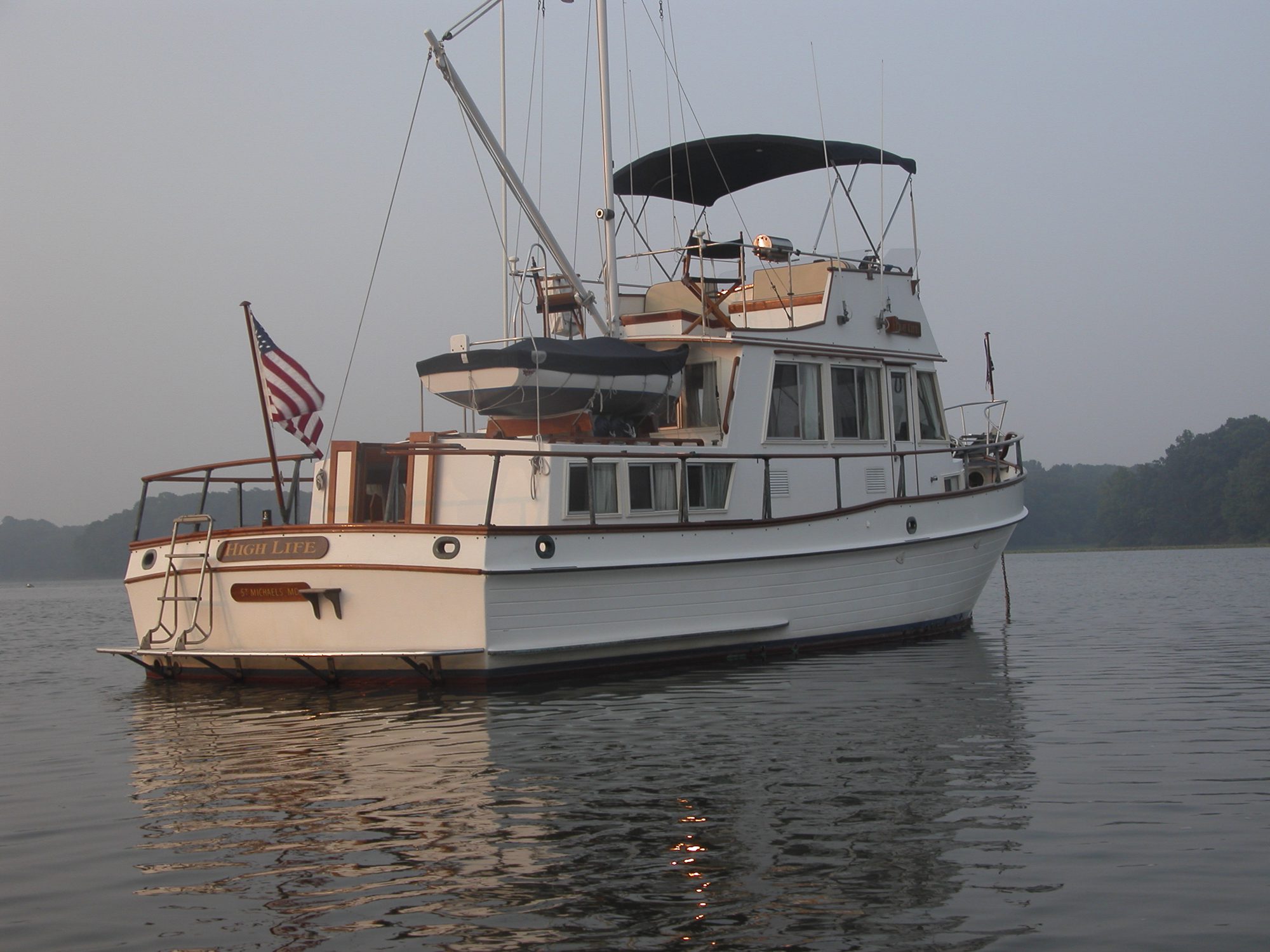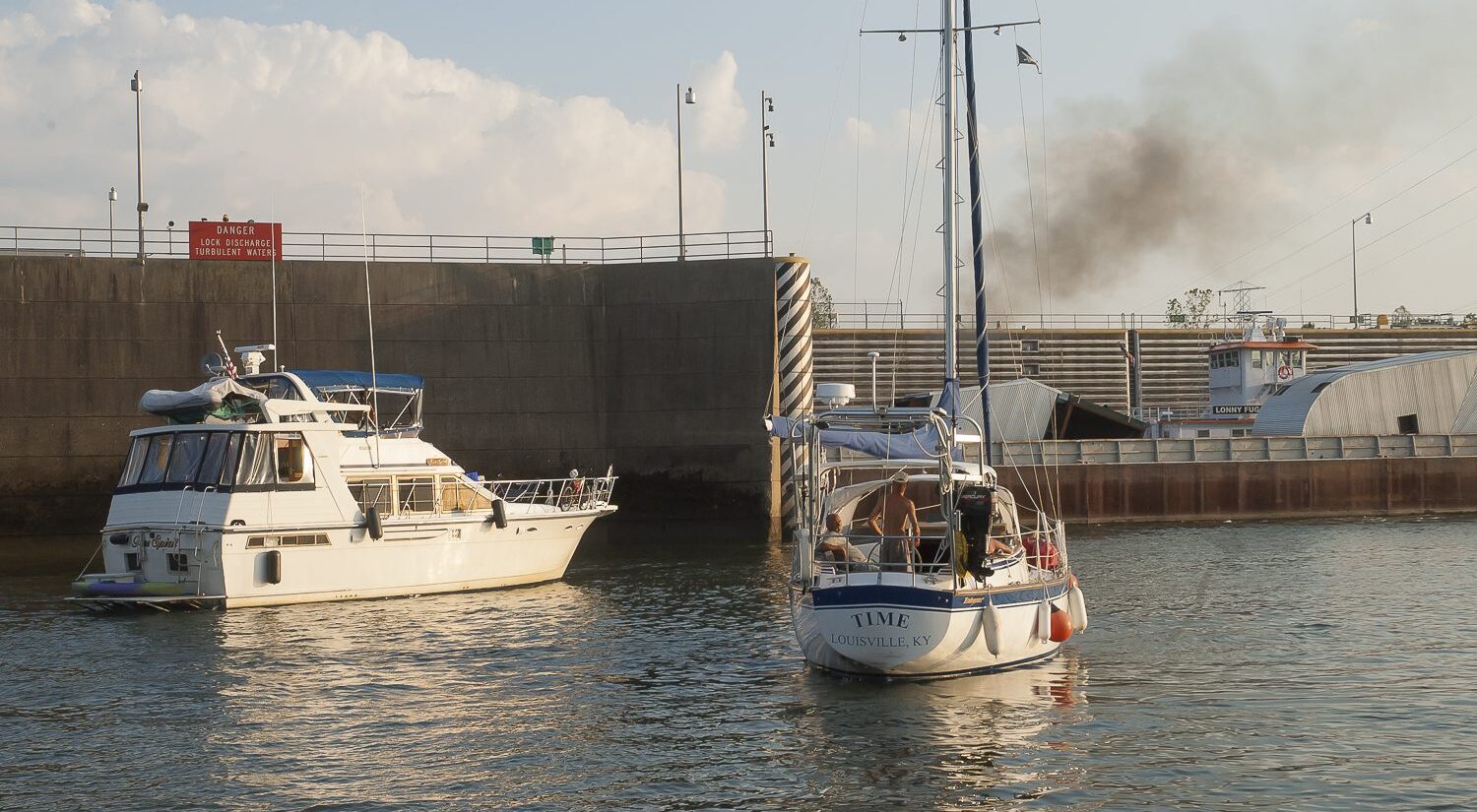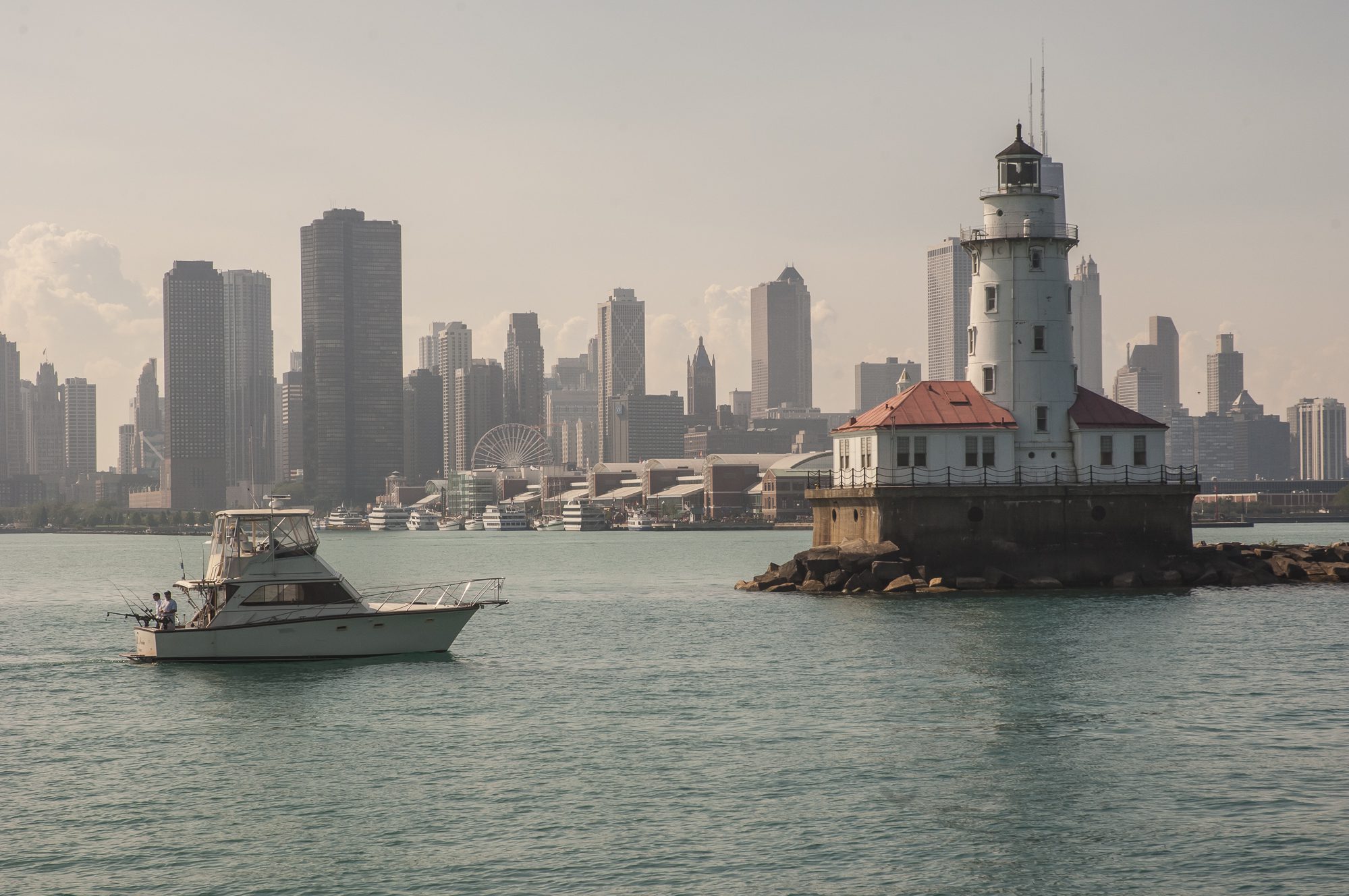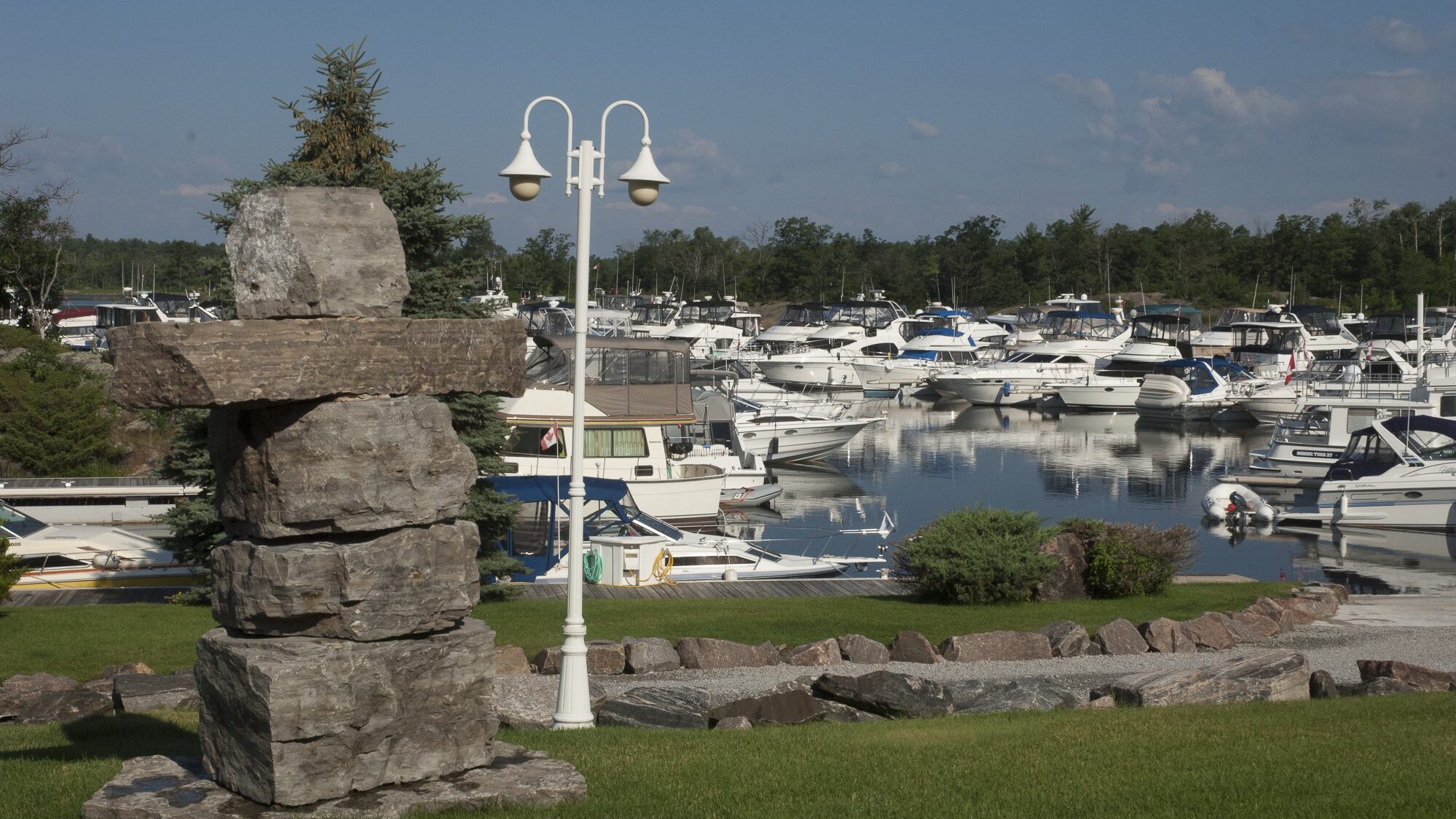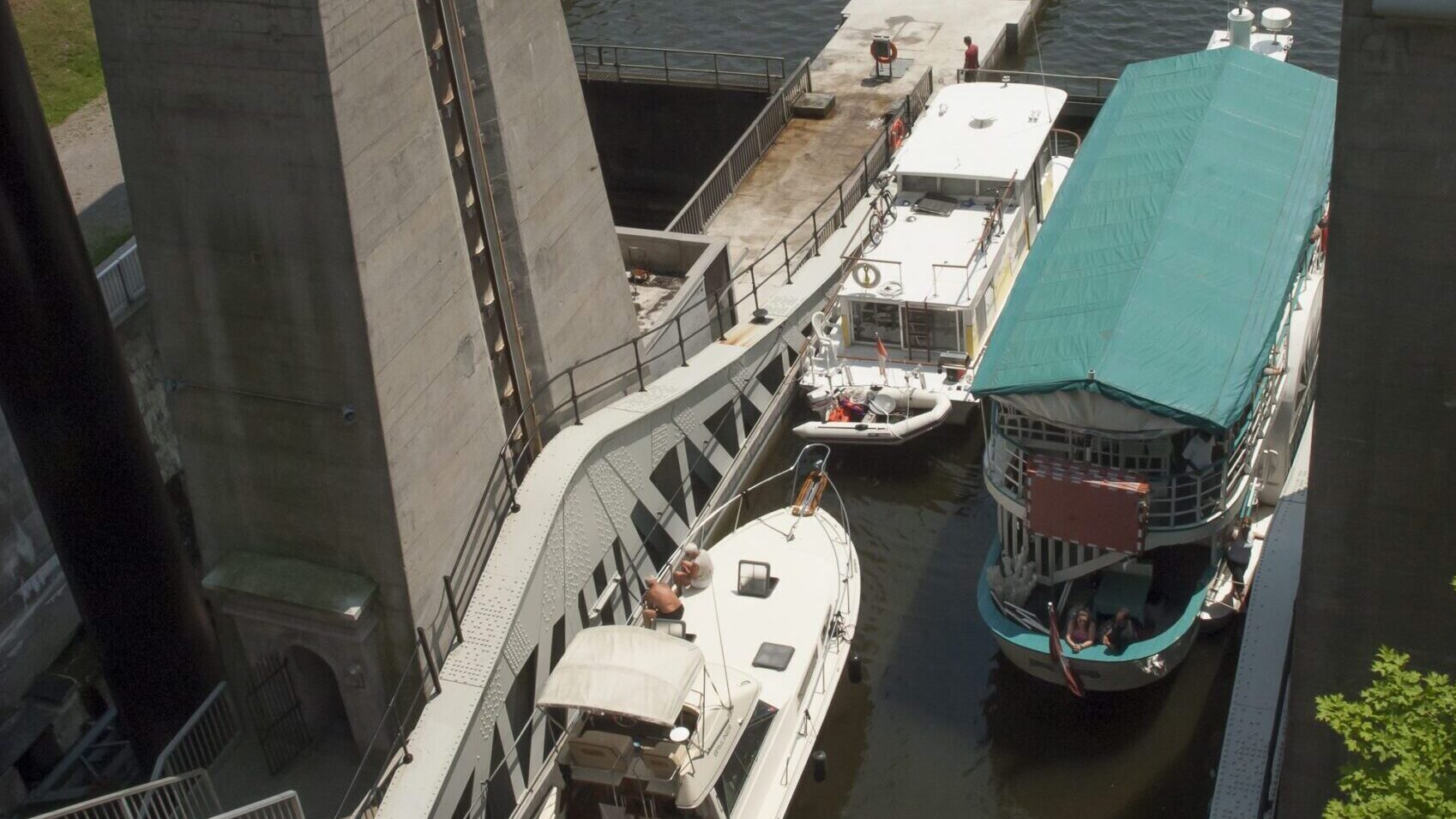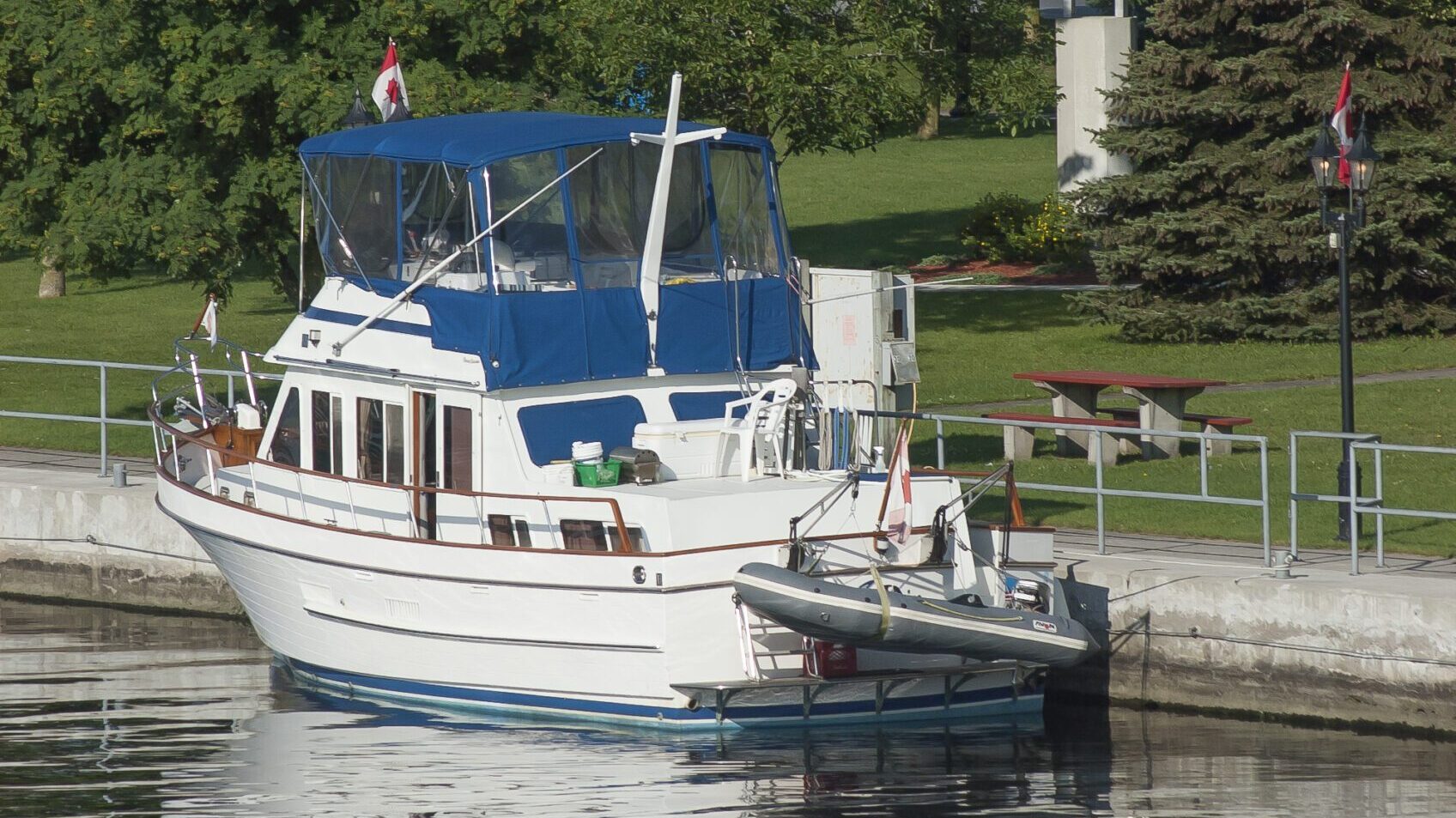Cruising the C&D Canal, Delaware Bay to Hudson River
We slipped our lines on a mild June morning, setting out from St. Michaels, Maryland, to “do the Loop.” It would be a little less than a year before we returned to this, our homeport, and in that time span, we hoped to revisit the fresh waters of Lake Michigan and Canada, where we had sailed many years ago; retrace our seasonal route up the Atlantic Intracoastal Waterway; and visit coastal waters we’d never cruised. We had packed and repacked High Life with everything we thought we’d need or want, and we were anxious to get off the dock and go boating from the Chesapeake Bay to the Hudson River on our Great Loop Cruise.
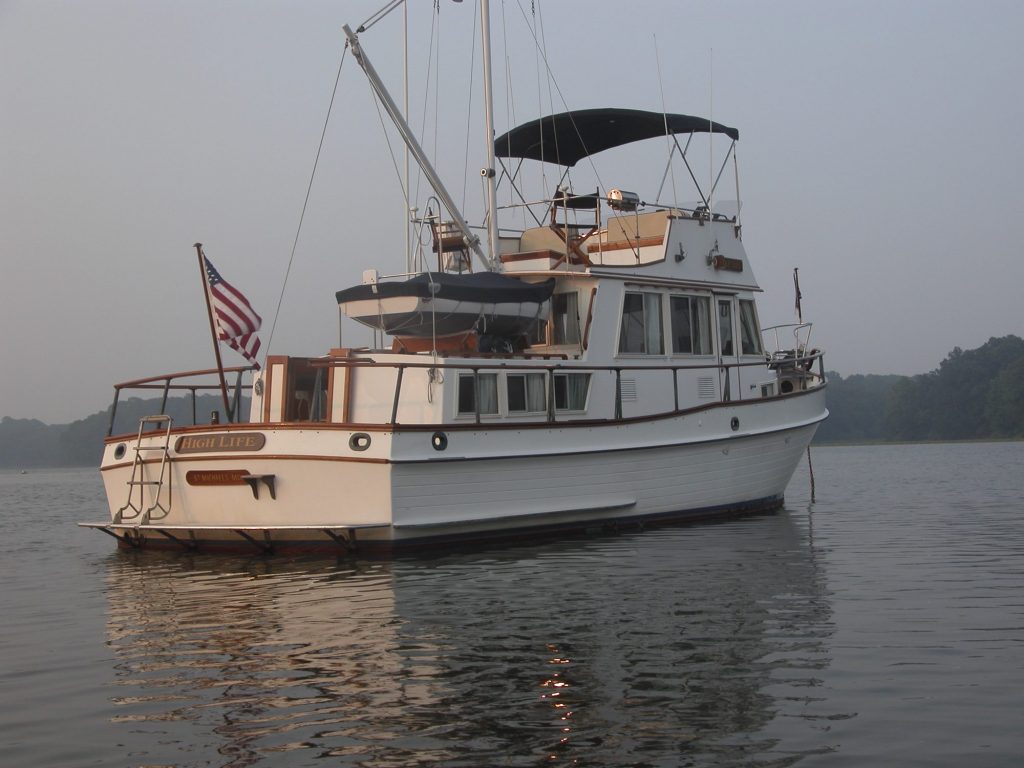
The Chesapeake Bay’s connection to Delaware Bay at the Chesapeake & Delaware Canal in the north makes it a popular choice for cruisers on the Atlantic seaboard. It lets boaters eliminate the 120-mile ocean run along the Delaware, Maryland, and Virginia coasts. The C&D was the first of many canals we’d pass through.
Entering the harbor at Chesapeake City on that first night, we drew friendly waves from a couple aboard Freedom, a salty-looking tug trawler anchored nearby. They had spotted our America’s Great Loop Cruisers’ Association burgee, which identified us as Loopers. They told us that they were also members of AGLCA. The Michigan cruisers were on their way home after spending the winter in the south. We enjoyed hearing of their adventure as we began ours and they were the first of many we’d meet along the way.
C & D Canal
Chesapeake City, Maryland, is at the east end of the C&D with a snug anchorage, marinas, and free city dock. There can be a strong current in the canal so as you approach the harbor basin, pay attention to the depth sounder. Favor the east bulkhead surrounding the grounds of the Army Corps of Engineers. This is a very boater-friendly town with the Chesapeake Inn & Marina at the foot of town. Nearby on the west side of the basin is the town’s free face dock on a first-come, first-served basis with a twenty-four-hour limit. It’s a very popular place so arriving during the week gives you the best shot at a free overnight. If you like to anchor, you’ll find ten-to-twelve-foot depths in the turning basin just south of the Army Corps of Engineers property. There’s a dinghy dock in town and the marina has a water taxi for boaters on the hook.
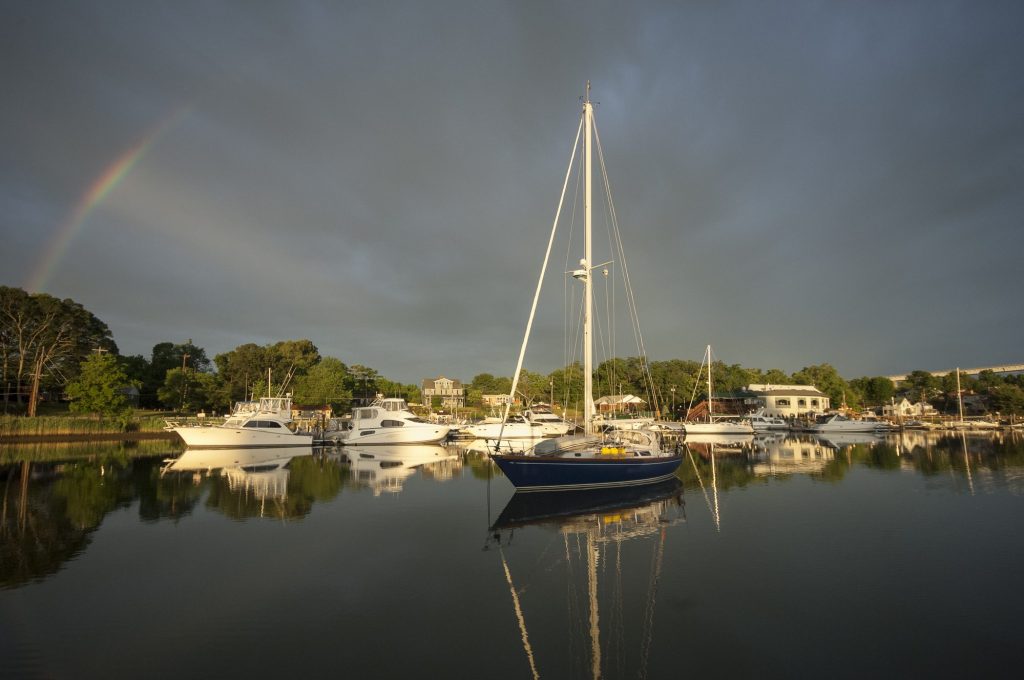
Wherever you tie up or anchor, you’ll find a walkable town near the harbor that offers specialty shops, restaurants, and a museum devoted to the history of the canal. The town is perched above the water with narrow streets running down to the harbor with picturesque storefronts, and charming old B&Bs. No chain stores here; the merchants offer everything from antique toys to polished stone jewelry, and quality yarns and fibers.
The town is divided by the canal, and opposite the harbor entrance is Schaefer’s, a restaurant and marina with slips and fuel that’s a popular spot with local and transient boaters. It’s an easy walk around the harbor basin to the canal museum entrance, or you can tie up at their dinghy dock. The museum is worth a visit where you’ll learn the history of the canal and how the earlier versions of the canal had locks. Visit Chesapeake City MD.
History of the Erie Canal
The canal is the linchpin of the town which dates to the late 1800s when the need for a shorter route between the Chesapeake and Delaware was realized. The much shorter and direct inland canal was dug to replace the three-hundred-mile ocean trip around Delaware and Maryland to reach Baltimore. Originally mules pulled cargo barges through the canal and a system of locks maintained the water levels. Today there are no mules, but we were escorted through the exhibits by a friendly black cat with a white nose and paws. He could not get enough of having his ears scratched.
Summit North Marina is about 7 miles from the east end of the canal entrance, where we’ve stopped in the past coming off the Delaware during a squall. Its long, floating docks were an easy tie-up, and had weather been better we’d have enjoyed the pool and fine dining at a restaurant perched on a hill overlooking the marina. Friends have taken advantage of their travel lift when they had prop problems so it’s more than a nice marina.
Going east to Delaware Bay
We took a lovely early-morning rainbow as a good omen and headed east from Chesapeake City on the canal to Delaware Bay. From there you can go south down Delaware Bay, an almost straight shot to Cape May, New Jersey, or take a detour north to visit Philadelphia. When we do the Delaware, we always take the current into consideration and try to time our departure so we’re using the current and not fighting it. If the wind is working against the current and creating short, choppy waters, it can be very unpleasant underway. If foul weather is in the forecast Cape May at the mouth of the Delaware and Chesapeake City in the canal are good layover spots.
It’s a long run down to Cape May, so for those who like to anchor, two popular anchorages on Delaware Bay are behind Reddy Island about four miles south of the eastern entrance to the canal. Another is up the Cohansey River some twenty miles south on the Jersey Shore. Both have good holding but anchoring anywhere on the Delaware has strong reversing currents. More about visiting Cape May.
As you near the southern shore of the Delaware the shoreline is more pastoral, and you may notice some round concrete tower-like structures tucked behind the marshes and dunes. They are old watchtowers manned by soldiers that were built to protect the bay from German submarines during WWII.
At Cape May we often anchor in front of the U.S. Coast Guard station because of its good protection from ocean wind and its good holding ground. We remember the first time we anchored there in a sailboat hailing from Chicago in 1975. We got the bright idea to go ashore and build a bonfire on the beach with a few other cruisers. It wasn’t long after we got the driftwood going that two very official-looking Coasties arrived and strongly suggested we put out the fire and leave because we were on U.S. government property. We can only blame our indiscretion on our youth. Visit Cape May NJ.
Heading north up the Atlantic Coast
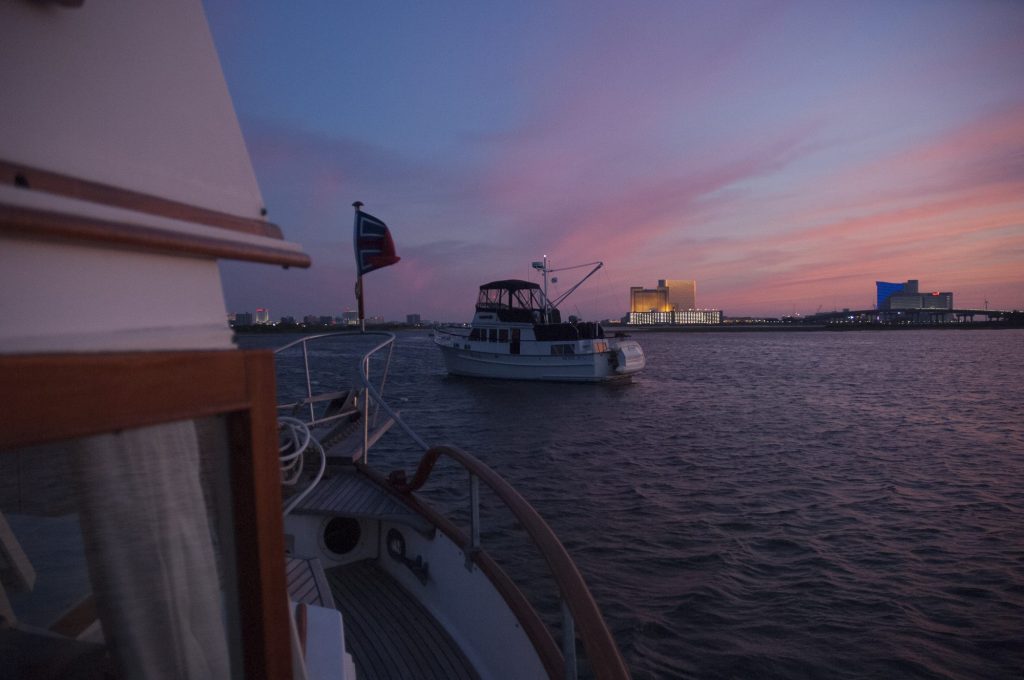
Going north from Cape May to Atlantic City on the coast we wanted to try Rum Cove, an anchorage northeast of the casinos and marinas, on the opposite bank of the river. There were a few tense moments when we passed just fifty feet from a fisherman sitting on a beach chair as we entered the tight channel. Happily once inside, the water was deep and led to a delightful cove.
After we got the hook down, Sea Life and Fairways, who we met in Cape May, joined us in the anchorage. Gene launched our dinghy and invited them for an impromptu get-together when we discovered that all of us were heading to the Erie Canal.
After an uneventful but long (ninety miles) ocean run to Sandy Hook the following day, we anchored behind the breakwater, just off the mooring field at Atlantic Highlands. It had been almost thirty years since we had last visited this harbor, fresh from the Great Lakes, with no understanding of tides. We laughed about how, after anchoring in the harbor, we rowed ashore and tied our dinghy to a piling. Hours later when we returned we were surprised to find it hanging in midair from its painter.
TIP Our firsthand experience using binoculars on a boat: Binoculars are vulnerable on a boat. An unexpected roll from a passing boat wake can send binocs onto a hard deck surface or worse, bouncing off the boat. To protect binoculars, stow them near the helm so they’re readily available but tucked in a safe cubby that prevents them from being damaged.
The following morning, we secured a slip at the town’s expansive municipal marina and spent the next few days exploring the area, socializing with other Loopers and riding the fast ferry to New York City to take in the sights. We particularly enjoyed visiting the South Street Seaport and discovering the city’s rich maritime history.
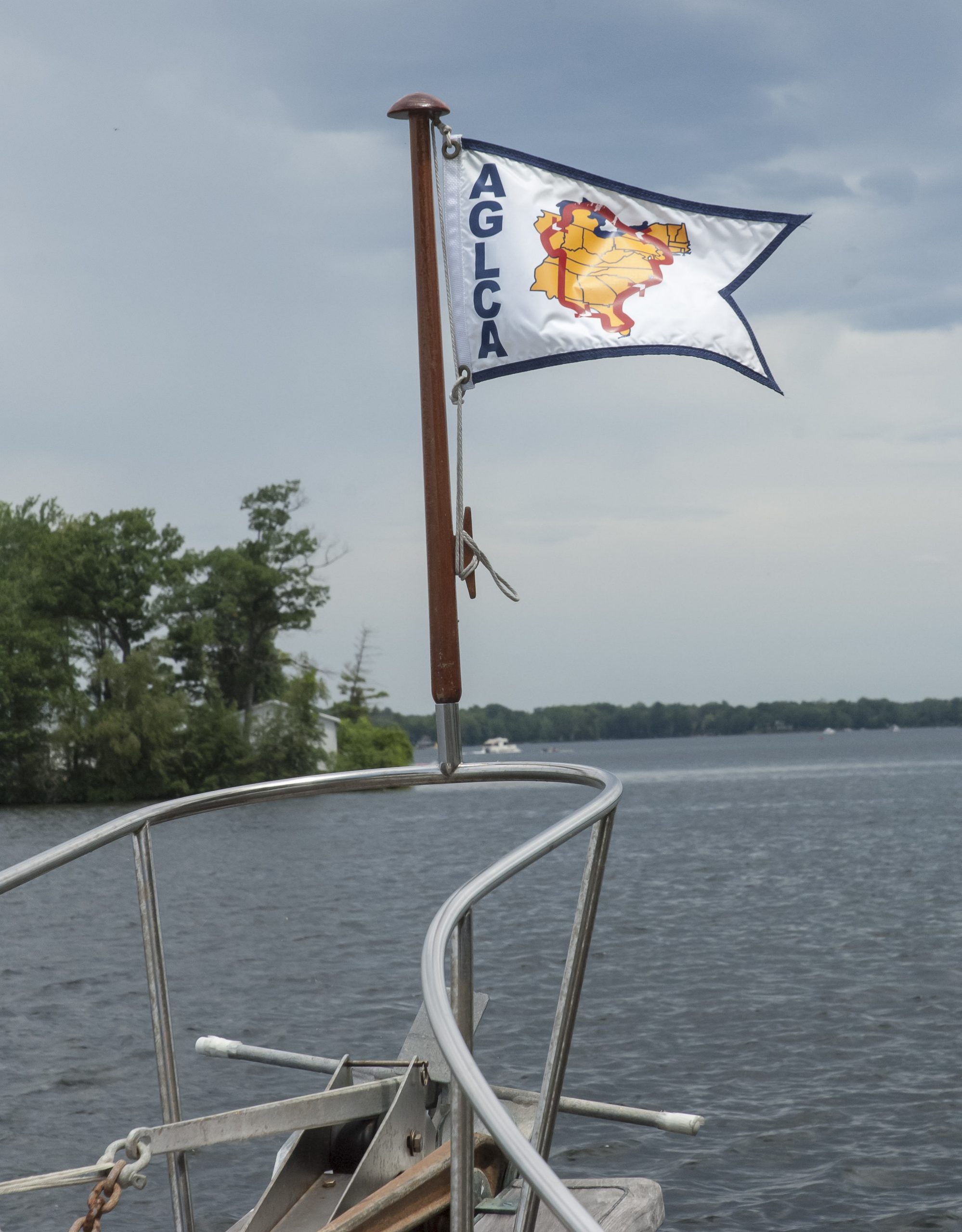
- Great Loop Primer
- Boating on the Intracoastal Waterway
- Favorite National Seashores on the Atlantic Coast
- Legs of the Great Loop Cruise
Gene and Katie Hamilton are veteran sail and power boaters and award winning boating writers. They are authors of Coastal Cruising Under Power and Practical Boating Skills. They are members of the Outdoor Writers Association of America.
Post Views: 2,954
|




